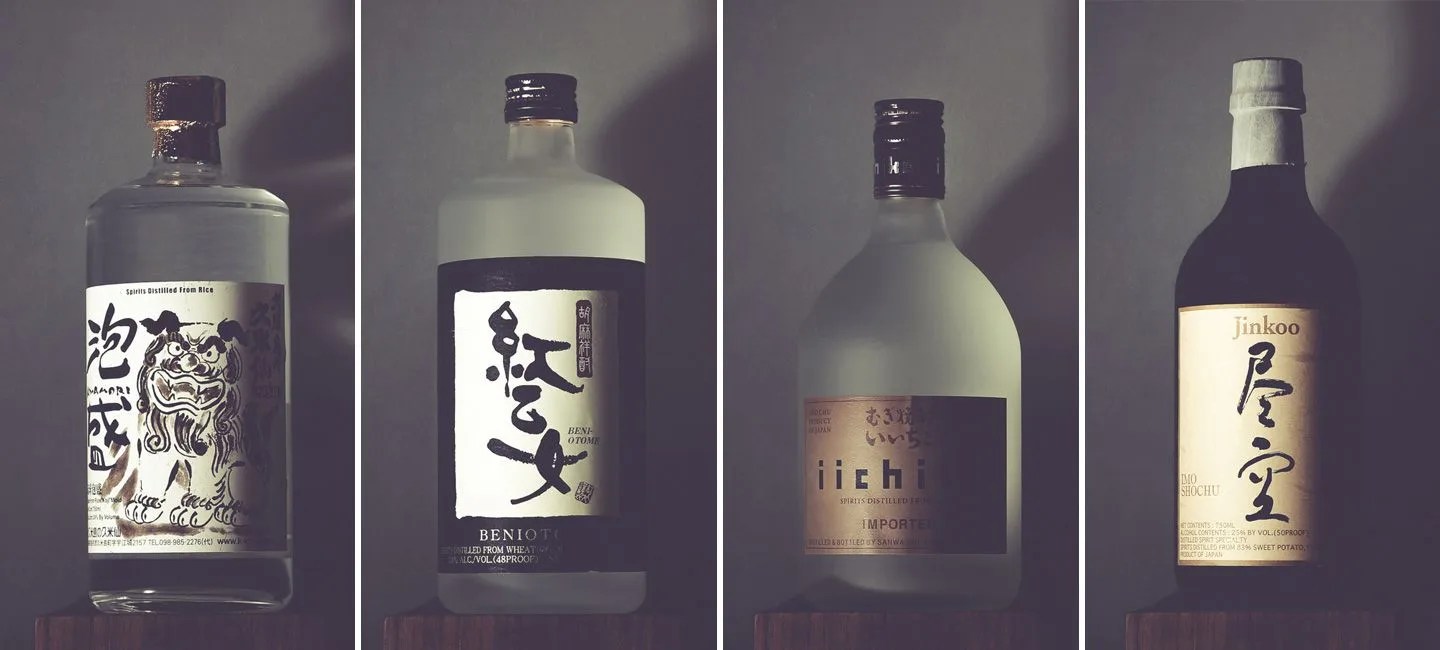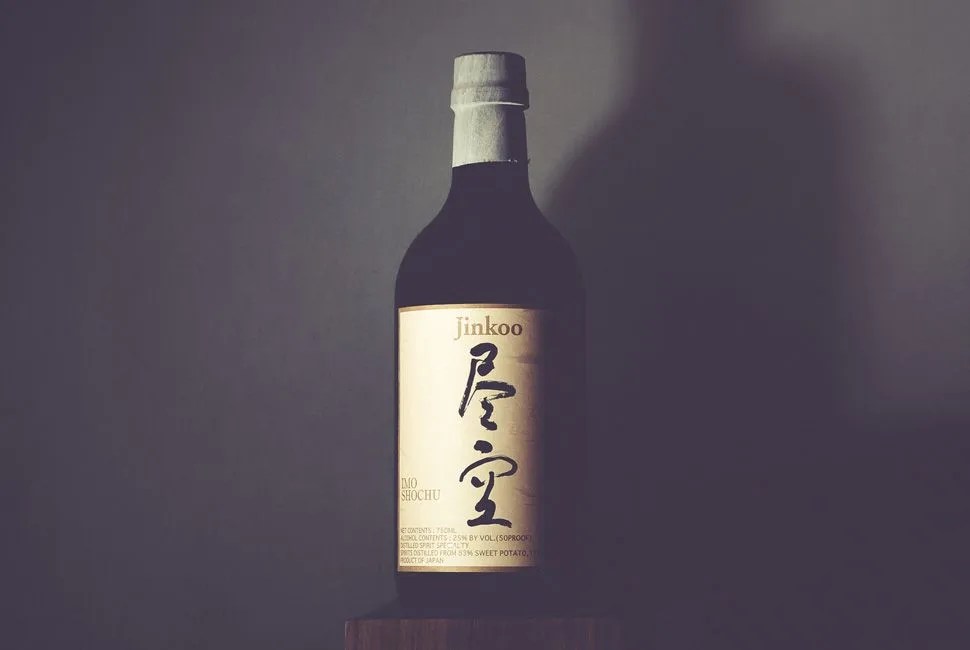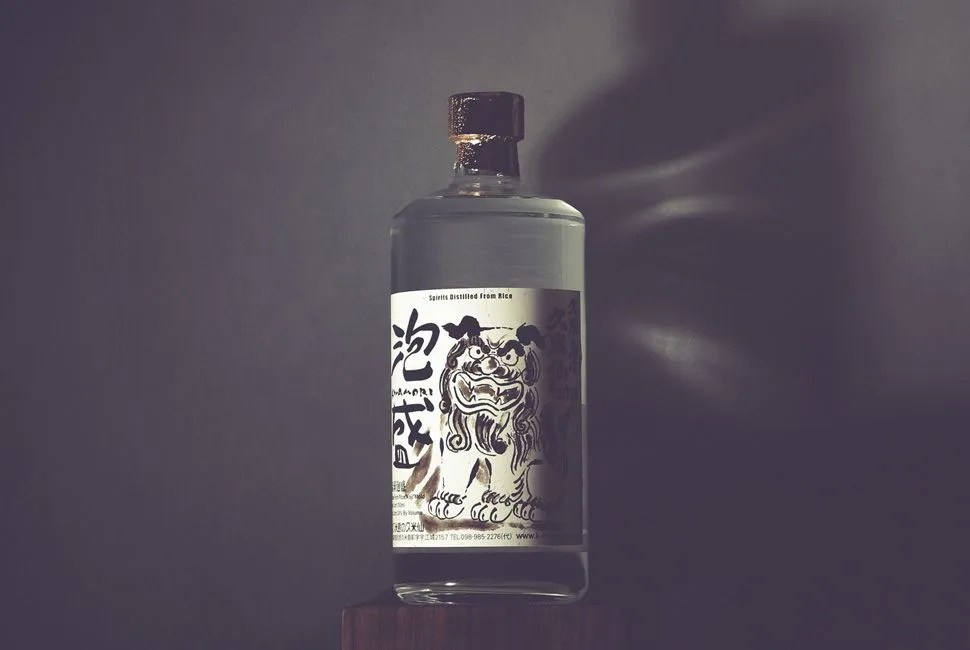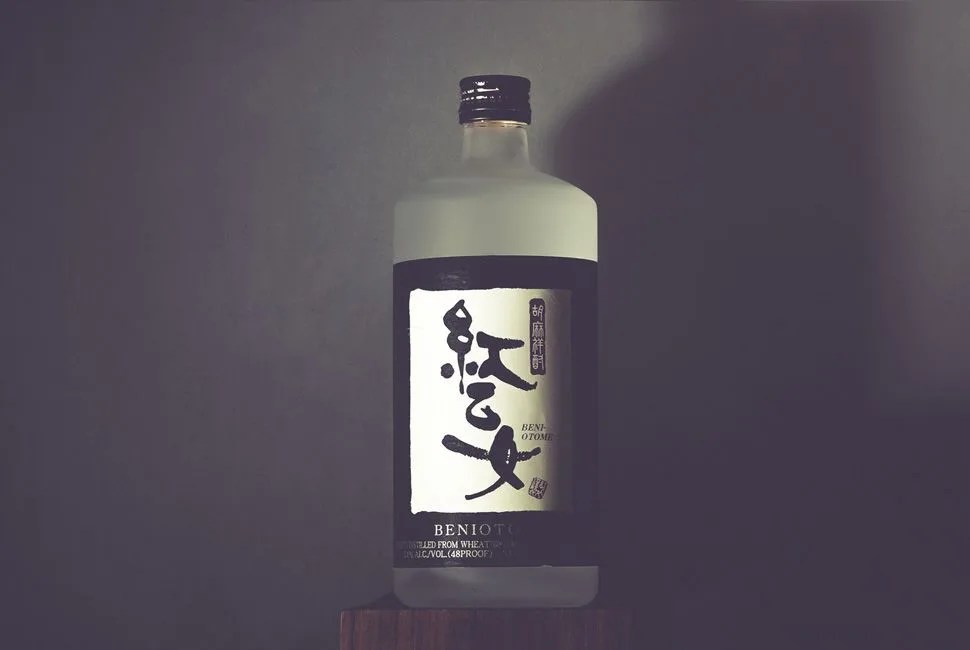By now you’ve probably heard: shochu is the new sake. Sure, it’s still taking a while for the stateside bar scene to truly catch on — a sake bar is a sake bar, so it’s not like they can just switch over — but that only gives you ample time to put yourself ahead of the curve.
For those of you who haven’t heard: shochu is a distilled spirit made from barley, sweet potatoes or rice (bottles made from each are dubbed, respectively, mugi, imo, and kome), though various other base ingredients can be used — anything from soba to sugar cane to sesame. Whereas sake, a rice wine, is fermented, shochu’s distilled nature lends itself to a wide variety of production methods. Triple distillation, as with most spirits, results in a higher-proof product appropriate for mixing, whereas more traditional single distillation brings bottle proofs to around 50, enjoyed straight, on the rocks or, as per tradition, cut 50/50 with hot water. And apart from the base ingredient and distillation, the vessel in which the shochu matures plays a big part in overall taste: steel tanks, clay pots and oak barrels all imbue the spirit with different flavor profiles.
What that means for you, the aspiring shochu connoisseur, is a wildly diverse drinking experience; you’ll taste shochus as pungent as Smirnoff and as vexingly complex as your rarest single malt. For now, acquaint yourself with the basics a select handful of more adventurous examples.
Additional editorial support provided by Susan Lee, Beverage Manager at NYC’s Morimoto.
Iichiko Silhouette Mugi Shochu
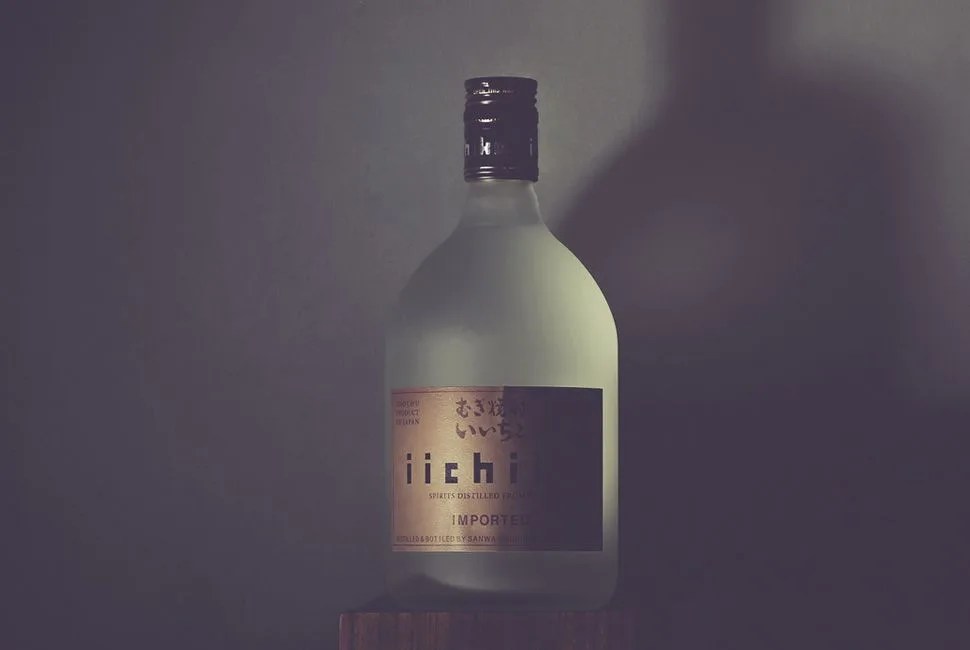
Best Barley Shochu: Iichiko is universally recognized as the go-to starter shochu. For this reason it’s widely available in stateside liquor stores. The spirit is single distilled from barley and blended with pure spring water. It’s a one-two punch that packs the bottle with grainy, sake-like notes and unparalleled smoothness, making it a worthy vodka replacement.
